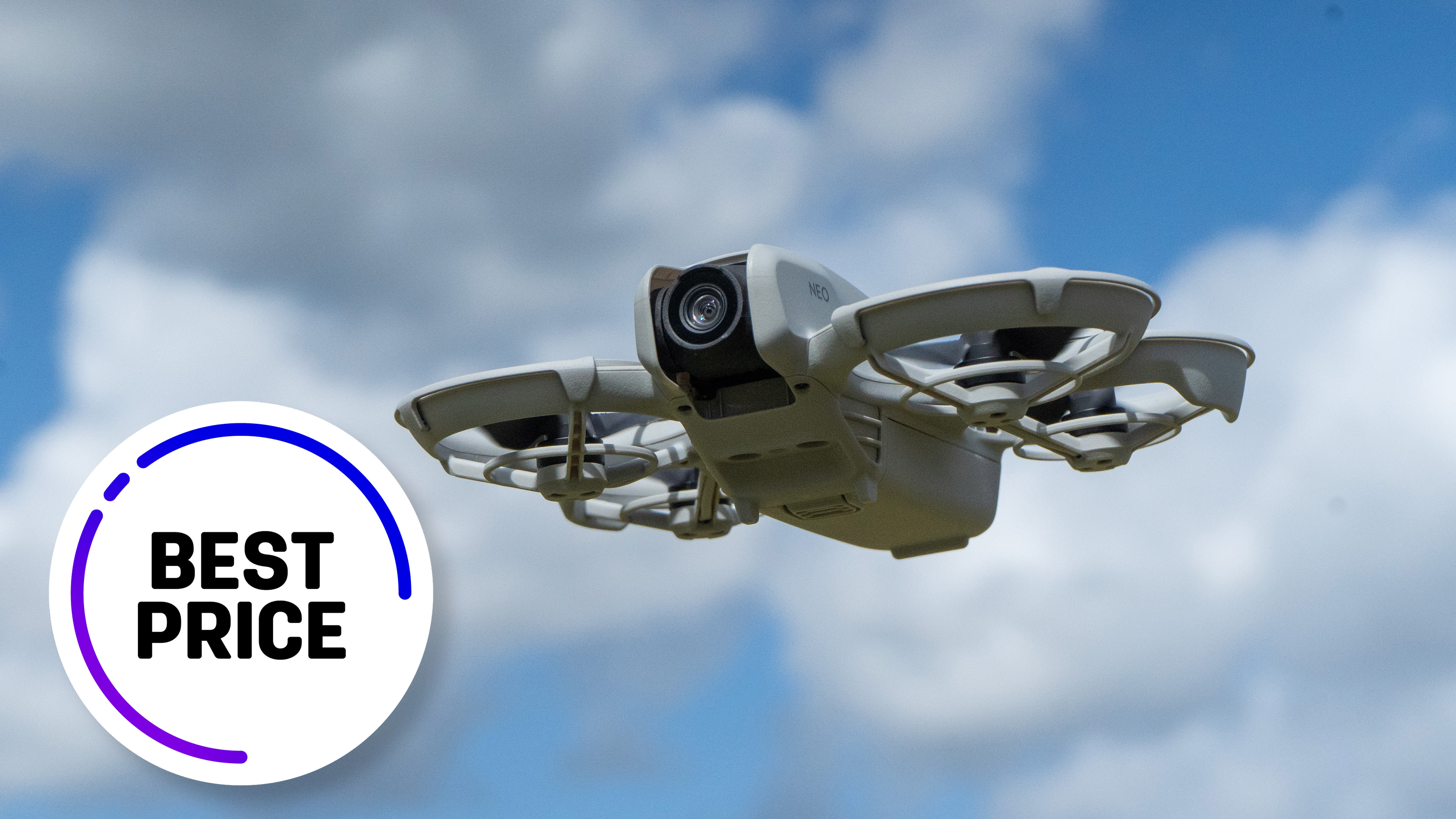Six weeks with the Nikon Z9: a top pro portrait photographer gives his verdict
Multi-award-winning British photographer Paul Wilkinson was one of the first people to get the Nikon Z9
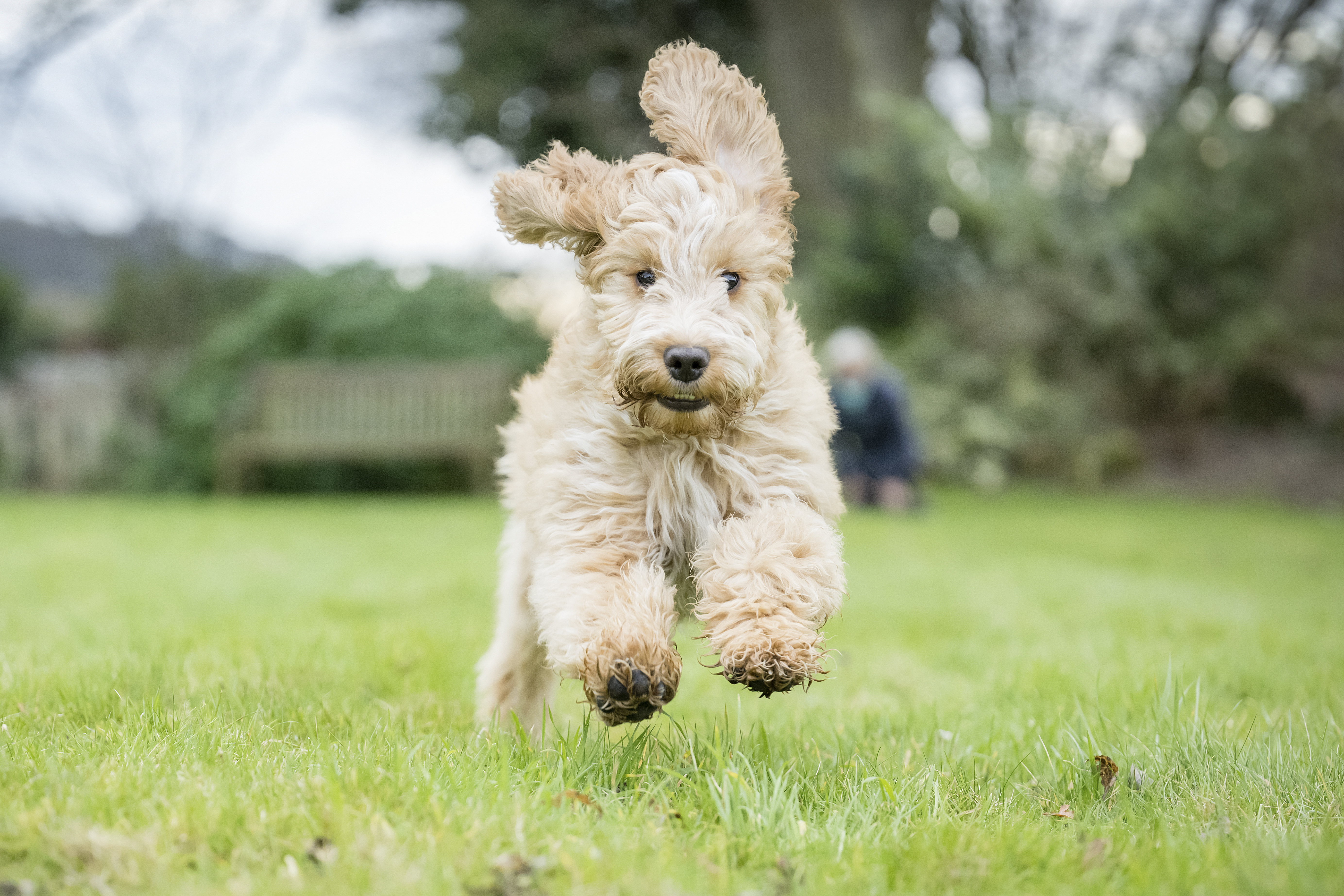
No camera is perfect, but for a portrait photographer, Nikon has certainly come close with the Z9. That said, as much as I love this camera, it still has a few drawbacks - and it wouldn't be a well-composed view if I didn't include one or two niggles in the frame.
Every photographer will have reasons to favor a camera and for me, it has always been the way a camera makes me feel: the balance, the controls, the viewfinder, the responsiveness and, ultimately, that urge to pick it up and create images with it session after session, client after client, day after day. It has to feel completely natural - no matter how many megapixels or bit-depths it can produce.
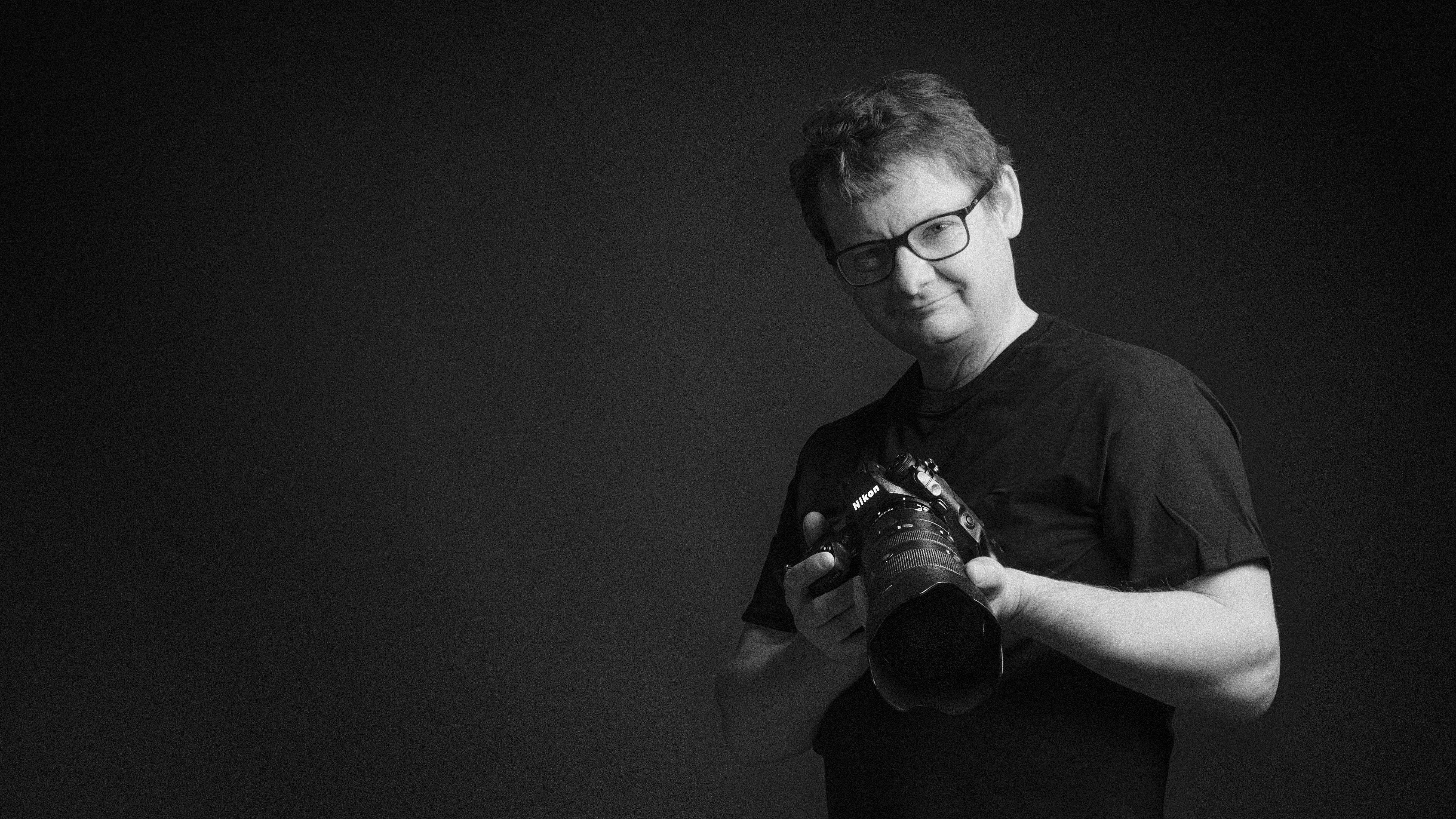
The first thing I noticed about the Nikon Z9 is how it felt when I scooped it up: it is not a lightweight camera by any means - just a 100g slimmer than my beloved D5 - and it balances beautifully against the Nikon Z 70-200mm f2.8 VR S (my current goto lens).
The camera feels natural in my hands; every button, dial and joystick is located where it should be. Given there is no mirror, no prism, no shutter and a completely new flip-screen, it is remarkable how this camera feels more like my Nikon D5 than my Z7ii. And that is a good thing: I have loved every one of Nikon's DSLRs from my very first D100.
• Read more: Canon EOS R3 vs Nikon Z9
Speed isn't everything. Except that it is.
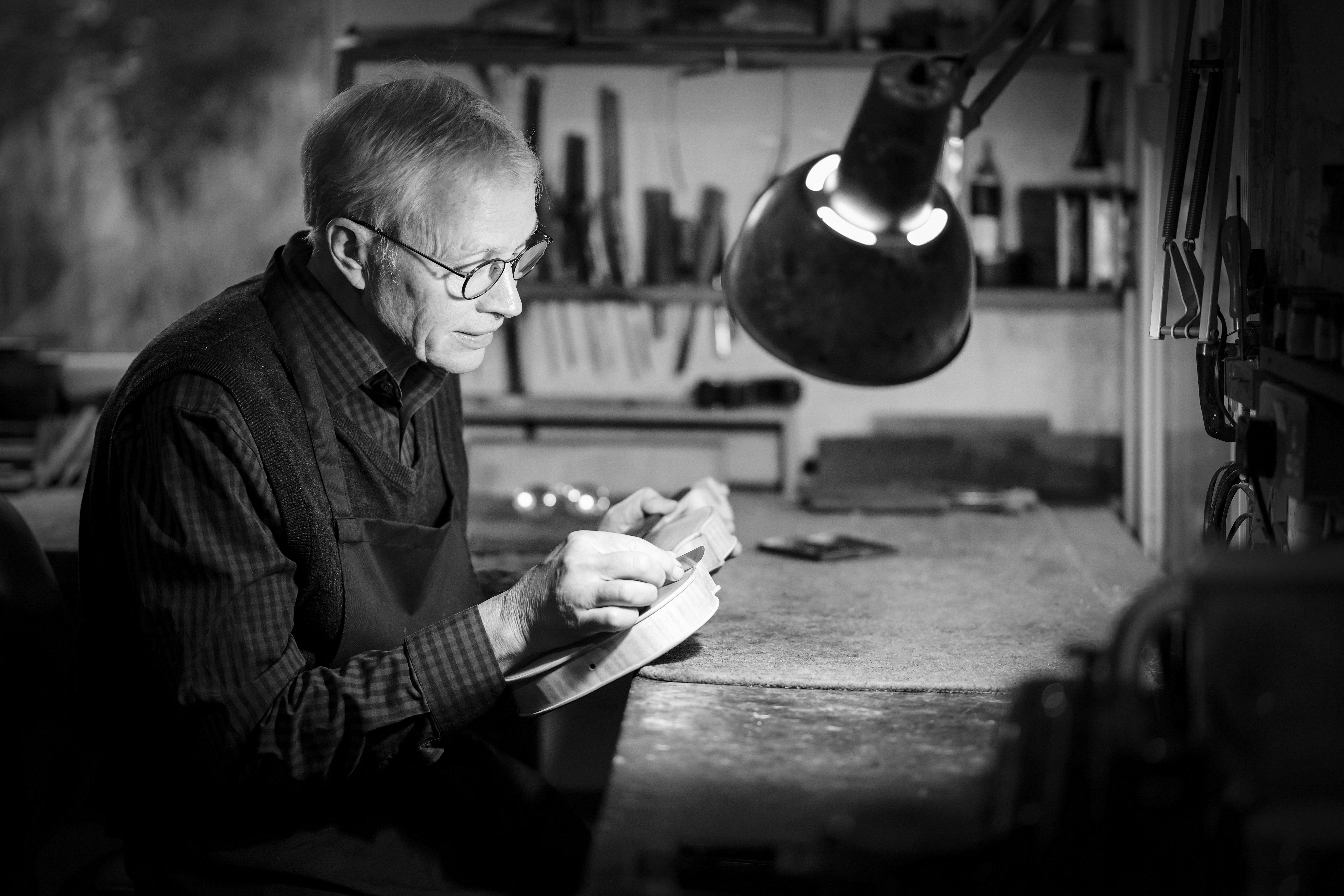
And then there's the responsiveness. I can swing the camera up to my eye (I haven't yet made the transition to automatically using the incredible flip screen) while flicking the power switch, and it's ready to go. It rarely misses a shot.
The speed of this thing is, frankly, addictive: the immediacy of the release and the autofocus is pretty much instant. With a 20fps continuous shutter rate, things can get quite lively (and with no mechanical shutter, they can also be incredibly quiet!) It can sometimes feel like you're shooting video: except that you are slamming 20 massive RAW files into those memory cards every single second!
Get the Digital Camera World Newsletter
The best camera deals, reviews, product advice, and unmissable photography news, direct to your inbox!
The Electronic View Finder (EVF) and the articulating screen are bright and clear. Though having shot with SLRs all my life, I am still acclimatizing to using the screen. That said, being able to flip it out completely, in both portrait and landscape modes, is incredibly useful - it certainly saves having dirty knees to get those low angle shots!
I have to mention the AI-driven focussing at this point. It is weirdly addictive. Set your subject-detection mode, to "People", stick your thumb on the AF-ON button and let the tech work its magic. As a portrait photographer, I love being able to use my NIKKOR Z 85mm f/1.8 S lens wide open, knowing that the eyes will be pin-sharp shot after shot after shot. If your subject is further away, the focus changes to the whole face and, eventually, the whole body. It's unnervingly (and addictively) accurate.

Although I am a portrait photographer, I also work with the Hearing Dogs For Deaf People - a UK charity that provides assistance dogs for people with hearing loss. Every week I photograph dogs and owners in perfect harmony - and the Z9 doesn't miss a beat, switching seamlessly between dogs and humans, even on the run. The dogs, that is, not the humans.
Silence isn't always golden
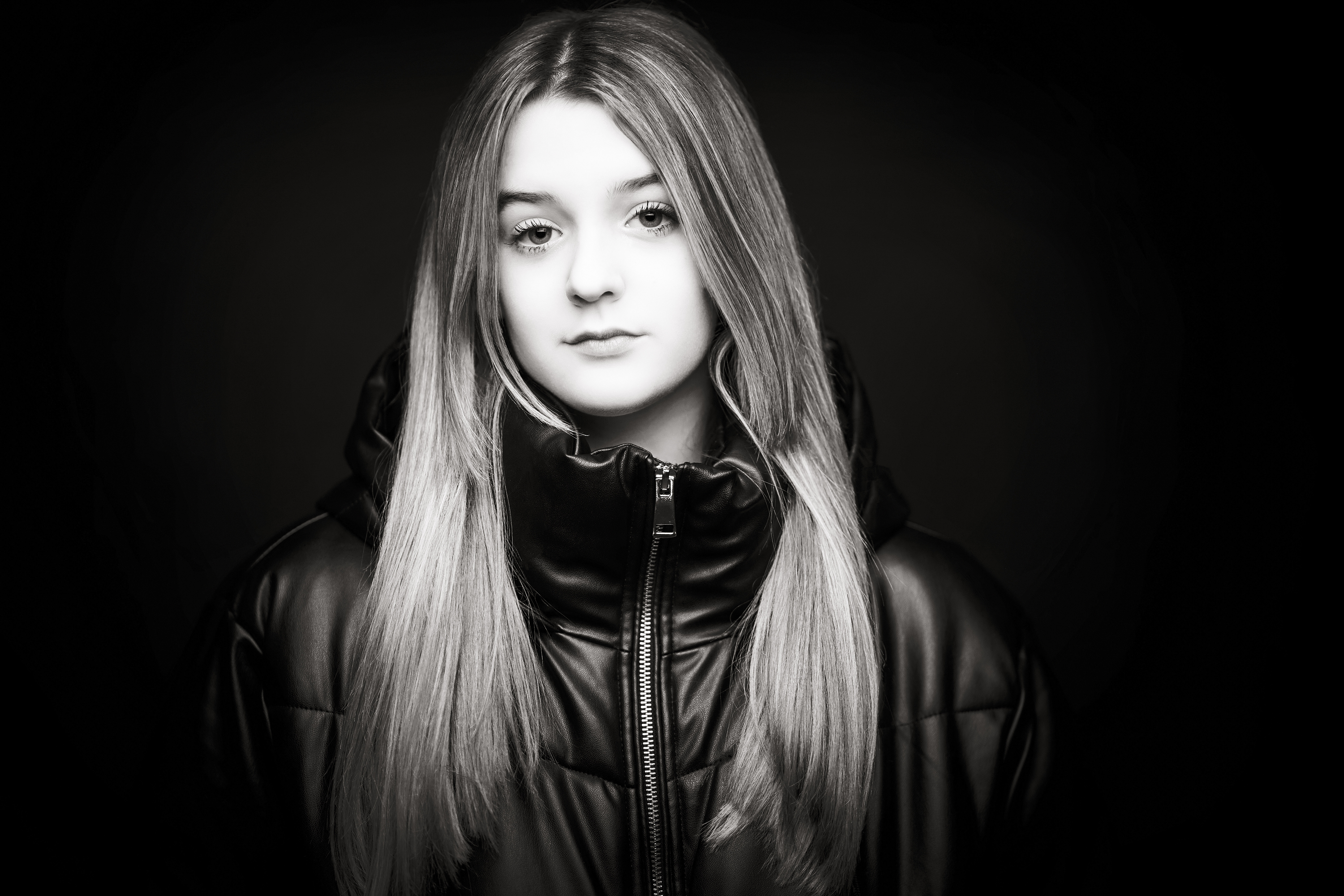
An uninterrupted display that never blacks out is also a considerable change, but it is slightly disconcerting not to have the old-school punctuation of mirror-slap and shutter curtains opening and resetting. And the thing about all those old-school mechanical components is that you could always feel them through the camera body (I can't be the only person who knew he'd screwed the shutter speed up by the feel of the vibrations?). Nikon has tried to make up for this by adding a switchable shutter sound - which would be perfect if it sounded (or felt) anything like a traditional shutter. But instead, it is a burst of white noise that is more irritating than helpful.
The focus-lock beep is also surprisingly quiet. That's fine in the studio, but I can barely hear it in a crowded room. If a Nikon engineer reads this, please could we have some haptics? Maybe a quick buzz (like a Playstation controller) that lets me know that it's in focus? I know the little focus square glows green when it locks, but I rarely spot that - I am too busy making sure the elements of the image are where I would like them!
In terms of power, the lack of any shutter mechanism combined with the new EN-EL18d batteries, I can shoot all day without switching to a spare. However, I am now worried that I am recharging half-full batteries, which isn't great for their lifespan!
Niggles, maybe, but this is the real deal
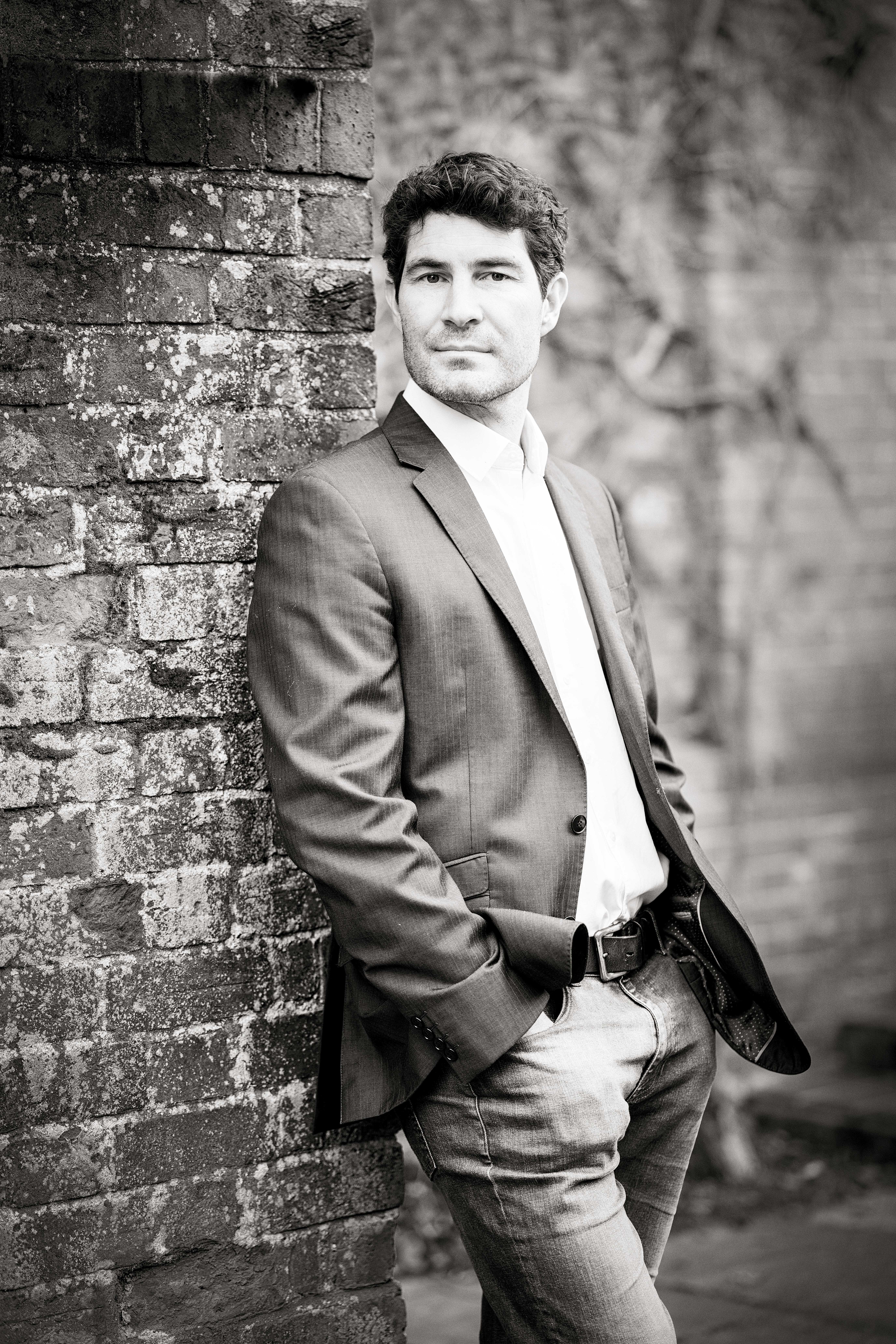
When working in a dark environment - such as a studio - the tiny green AF light is frankly pointless: the 70-200mm lens prevents the green glow from reaching the middle of the frame, rendering it useless. Eventually, this will be solved with new speedlights and flash controllers using green AF LEDs (traditional red doesn't work with mirrorless sensors that use the green spectrum for focussing), but, in the meantime, this is one function that doesn't work.
The niggles are crowded out by the sheer quality of this camera. The Z9 is the first camera since the D3 for which I have been so utterly excited. The D3 changed DSLRs, and I think the Z9 is already doing that for Mirrorless. The combination of lightning-fast focus, ultimate user interface, long battery life, an EVF without blackout, no physical shutter and stunning image quality from that sensor (and a new enhanced compressed RAW format) make for an utterly usable camera.
I am not joking when I say it is an addiction to pick it up and fire off a few frames. Or 20. I have only had it for six weeks, and already, it feels like I've used it for years.
This isn't so much the pinnacle of mirrorless photography; rather, it is the beginning of an entire revolution.
Long may that continue.
Read more
Nikon Z9 review
The best Nikon Z lenses
Nikon Z lens roadmap
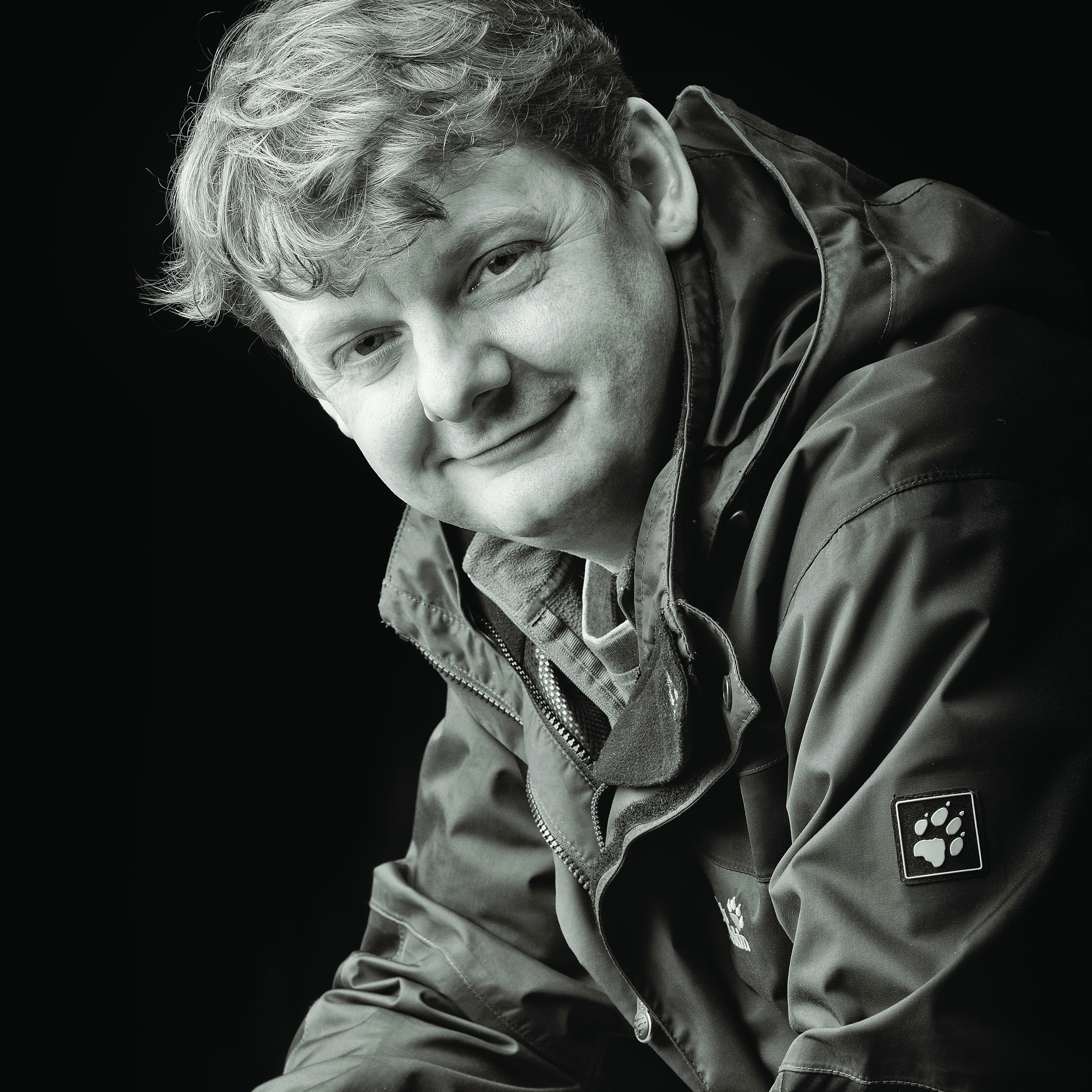
Paul Wilkinson FBIPP FSWPP is a multi-award-winning international photographer, an ambassador for Graphistudio, Elinchrom and Pixellu, as well as a trainer, speaker and author in the photography industry. He hosts the popular Mastering Portrait Photography podcast, where he chats about life, the universe and all things portrait photography.
